SHAFT (1971)
A black private detective in 1970s New York investigates a Mafia kidnapping.
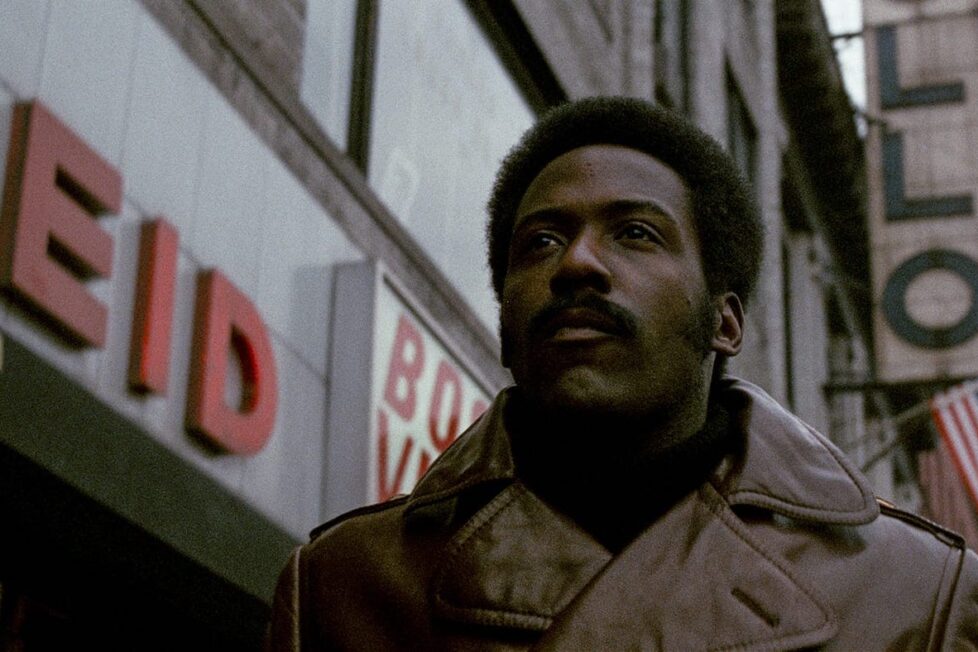
A black private detective in 1970s New York investigates a Mafia kidnapping.


More than 50 years after Shaft helped make blaxploitation mainstream (and rescued MGM from a financial crisis), the initially surprising thing is what an unradical film it seems. This is a relatively conventional gumshoe movie, just as the source novel by Ernest Tidyman is fairly conventional in its style, and even if the casting of a black man in the lead would still be slightly unusual today, it’s now far from unfamiliar.
Even for its era, Gordon Parks’s film is certainly at the more respectable end of blaxploitation—much less politically assertive than Melvin Van Peebles’s Sweet Sweetback’s Baadasssss Song from the same year, for example. And it’s clearly designed to appeal to white audiences as well as black ones: witness, for instance, the way the dialogue has just enough street slang to feel excitingly realistic but never so much that it risks becoming incomprehensible, or the importance placed on the relationship between John Shaft (Richard Roundtree) and white Lieutenant Vic Androzzi (Charles Cioffi). That the last exchange of the movie (one in which Androzzi’s the butt of the joke) involves only those two characters underlines Androzzi’s role in providing white audiences with a figure to identify with.
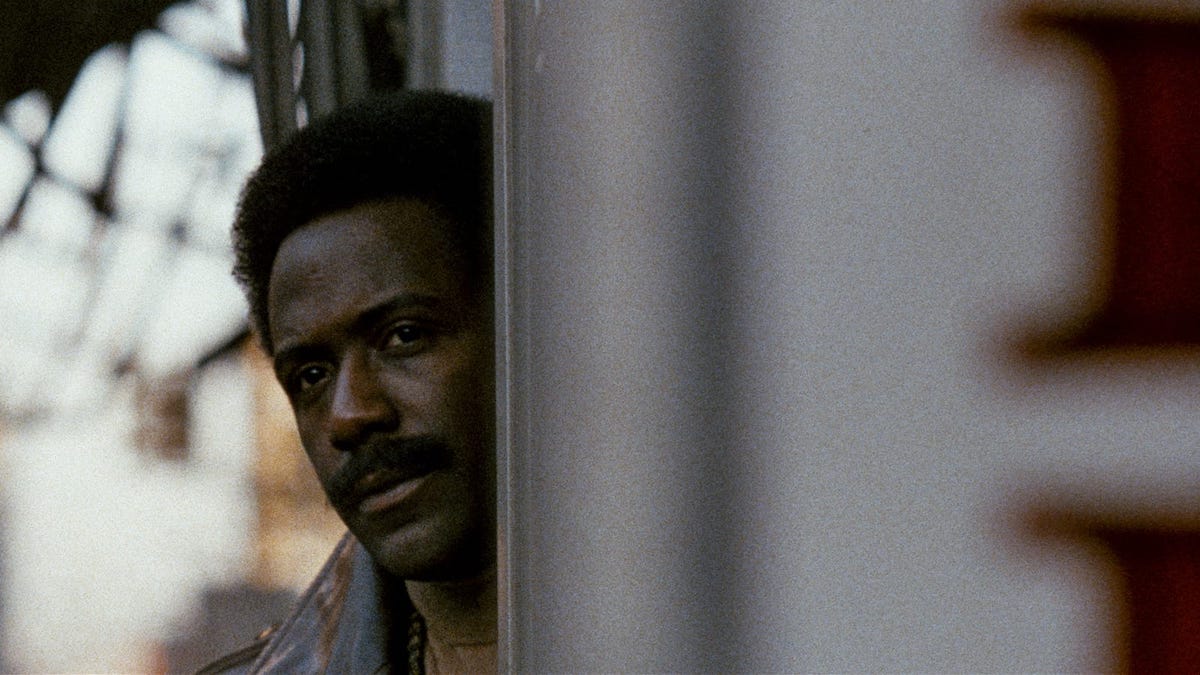
But seeing Shaft through 21st-century eyes does miss much of what was significant in 1971. Regardless of how far American society has or hasn’t progressed on race, major roles for black people in US mainstream cinema are far more common and unremarkable now than they once were, less than two decades after breakthrough performances by the likes of Dorothy Dandridge and Sidney Poitier.
That in itself—the way John Shaft isn’t just “a black detective”, but also a direct successor to all the white Hollywood private eyes who had gone before—would’ve been striking in 1971, as would many other aspects of Parks’s film. Consider, for example, the ease with which Shaft operates in the white world as well as the black (indeed, he’s hired for that reason); the confidence in which he crosses a New York street at the opening as if the city belongs to him; his annoyance at a cab driver turning him down in favour of a white guy; his teasing an Italian mobster about garlic (the mobster joshes him back about soul food); his obvious affluence; the way the movie doesn’t make a big deal about his sexual encounter with a white woman. (Afterwards, she criticises him for his love-’em-and-leave-’em attitude; at another point a character calls him “Tom”, presumably meaning “Uncle Tom”. Shaft the movie is quite enamoured of Shaft the man but doesn’t protect him from criticism, either.
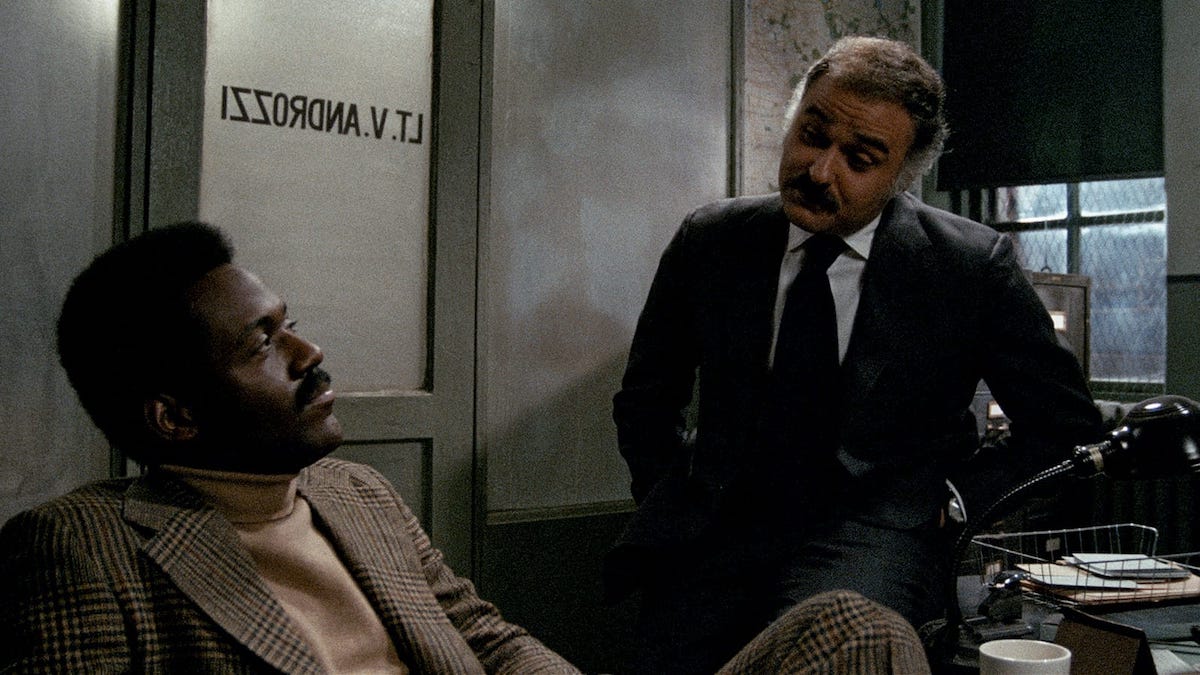
It’s the cold early winter of 1971 in New York City, recognisably the same filthy and hectic metropolis seen in movies like The French Connection (1971). After private detective Shaft is attacked by two men in his office and one is killed, he’s questioned by the police who’d rather use him for information on the criminal underworld than charge him with the death of his assailant.
Soon after, Shaft is retained by the black crime boss Bumpy Jonas (Moses Gunn), who wants the detective to rescue his kidnapped daughter—and suggests he enlist the help of Ben Buford (Christopher St John), leader of the black militant group the Lumumbas (a reference to the Congolese politician and critic of colonialism Patrice Lumumba).
Speaking with Androzzi again, Shaft now learns that rivalry is brewing between Bumpy’s gang and the Mafia. Again, Androzzi pleads for information: he wants to avoid a war between the black criminals and the white ones, which (whatever its motivation) will look like a racial conflict and end up with “tanks and troops on Broadway”.
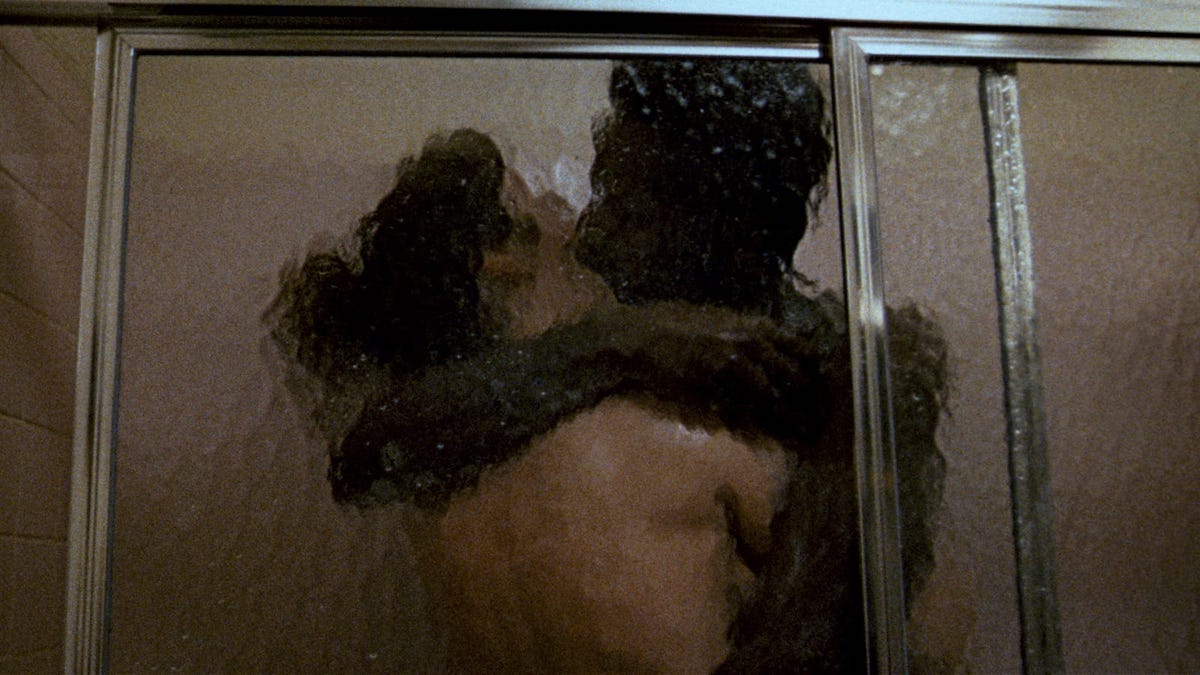
“Something’s on the boil,” he says. “I just want to know what it is before we need an adding machine to start counting up the bodies.”
Thus the Shaft screenplay, by novelist Tidyman (who, interestingly, was white) and John D.F Black, lays the groundwork for the movie’s main conflict: Shaft and Buford’s Lumumbas on one side, serving both Bumpy and the police, versus the Mafiosi on the other. A good deal of intrigue follows, and quite a bit of violence, though (at least until the end) there is less action in Shaft than its reputation might suggest.
Parks was primarily a photographer, but in this—his second full-length feature—there’s little that’s visually flashy (other than the two sex scenes that are very much of their time), and indeed what stands out most is how clearly he directs Shaft.
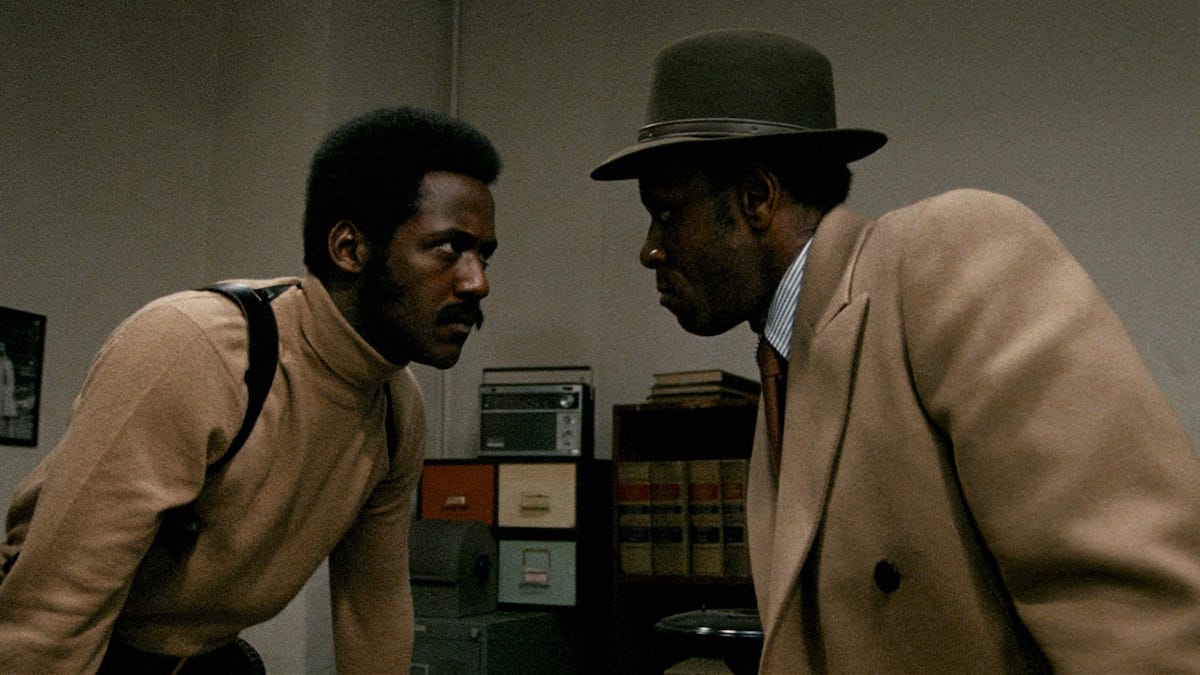
Key scenes (for example, one with the hostage and three Mafiosi) are handled with great economy and just enough incidental detail; the first meeting between Bumpy and Shaft, where Shaft is offered the case, conveys plenty of information very effectively without it feeling force-fed, and here Parks coaxes a believable mixture of tension and interest from his actors.
Other highlights include a taut bar scene with Shaft and two Mafiosi, although to modern eyes the stereotyped gay bartender might be a bit too much to take (as might the stereotyped gay crime boss in the follow-up movie Shaft’s Big Score!—for more on that, see our section on the Blu-ray extras below).
Visually, Shaft can be relished as the epitome of early-1970s beige style, but the Big Apple locations are fascinating as well: one could almost watch the movie just for the signage. Much of it’s incidental, but some is presumably included intentionally (a poster reading ‘You Can Win, Too’ perhaps referring to a lottery; a movie theatre marquee advertising The Scalphunters (1968), with the black actor Ossie Davis in a lead role; another poster for the musical show Hair, notorious at the time for its explicit nudity).
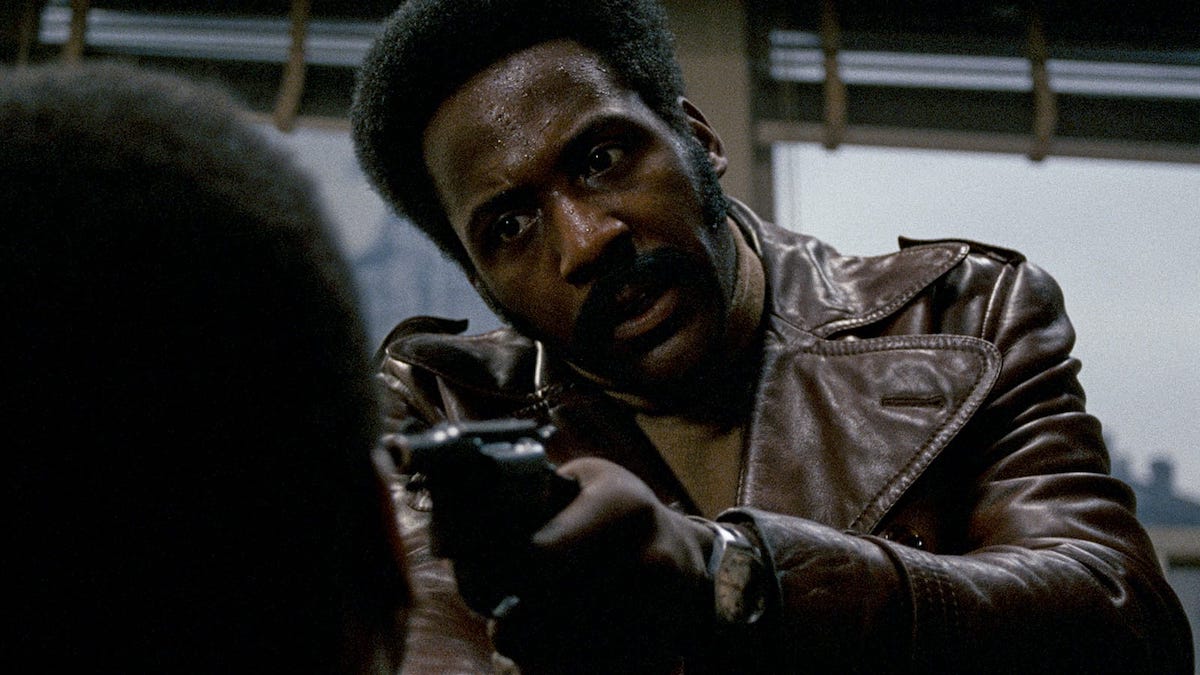
None of the actors here were names at the time and none become big deals after; even Roundtree is primarily remembered only for this one role, in which his presence is commanding. Cioffi has the balance of Androzzi just right—the character needs to be attractive and competent, but not so attractive and competent that he upstages Shaft—while both St John as Buford (defiant, yet maybe not as confident as he acts) and Gunn as Bumpy (ruthless, playing his cards close to his chest) also excel.
More remembered than any of them (other than Roundtree) is Isaac Hayes’s funk-soul score. As with many aspects of Shaft, the legend doesn’t quite match reality: although Hayes’s instrumental music certainly makes its presence felt, it doesn’t dominate and it’s carefully responsive to or illustrative of the scenes it accompanies. There are considerable stretches without music too. Hayes also contributed the songs, of course: “Soulsville” being especially beautiful, and if the lyrics aren’t exactly subtle (“crime rate is rising too…”), perhaps listeners 50 years from now will say the same of today’s rap music?
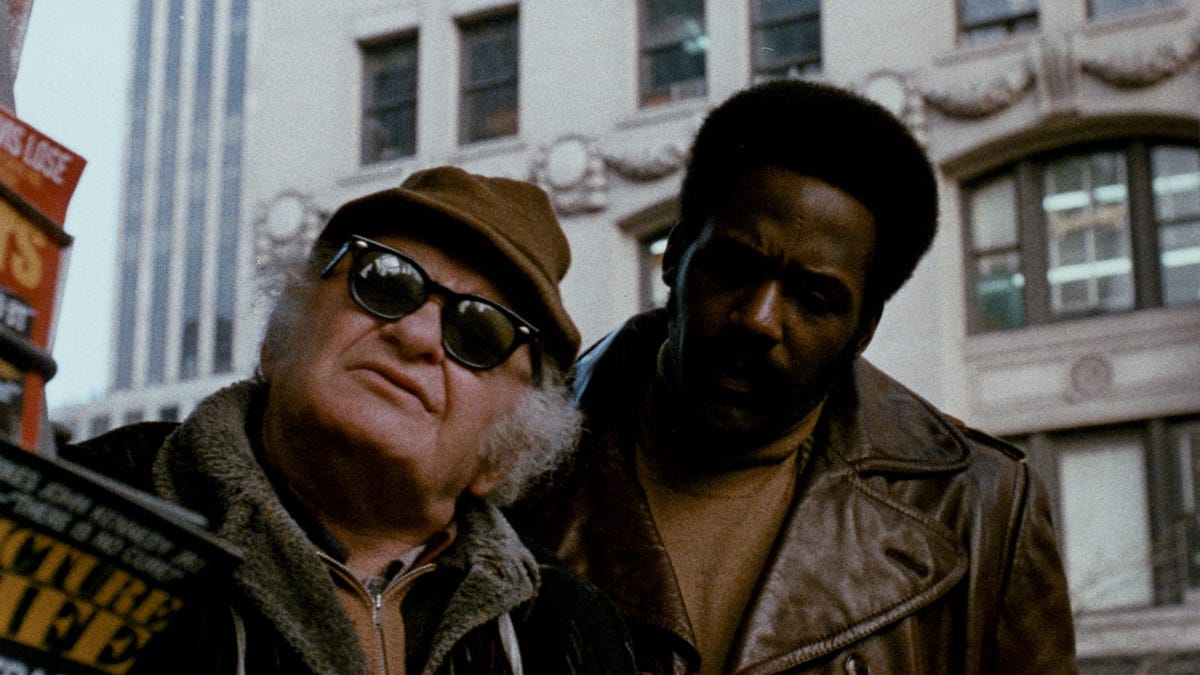
There were two immediate Shaft sequels in the ’70s, a short-lived CBS TV series with Roundtree (1973-74), a modern sequel in 2000 starring Samuel L. Jackson as Shaft’s grown-up nephew, and the more blatantly comic 2019 reboot bringing three generations of Shaft together. Tidyman also wrote six further novels featuring the character. But none of these came remotely close to challenging this 1971 original, perhaps because it was the right movie at the right time.
Made today, or even in 1991, it would be a well-crafted but essentially unexceptional detective story, one of many in a gritty tradition. Yet ’71 was precisely the moment the world was ready not just for Shaft the movie, but for John Shaft the man, to upturn established expectations of how a black character on the big screen ought to be. And perhaps Parks’s biggest achievement with the film was in recognising that it didn’t need to be very unusual in any other respect: Shaft himself, bestriding the Big Apple so very confidently, was enough.
USA | 1971 | 100 MINUTES | 1.85:1 | COLOUR | ENGLISH


director: Gordon Parks.
writers: Ernest Tidyman & John D.F Black (based on the novel by Ernes Tidyman).
starring: Richard Roundtree, Moses Gunn, Charles Cioffi & Christopher St John.
